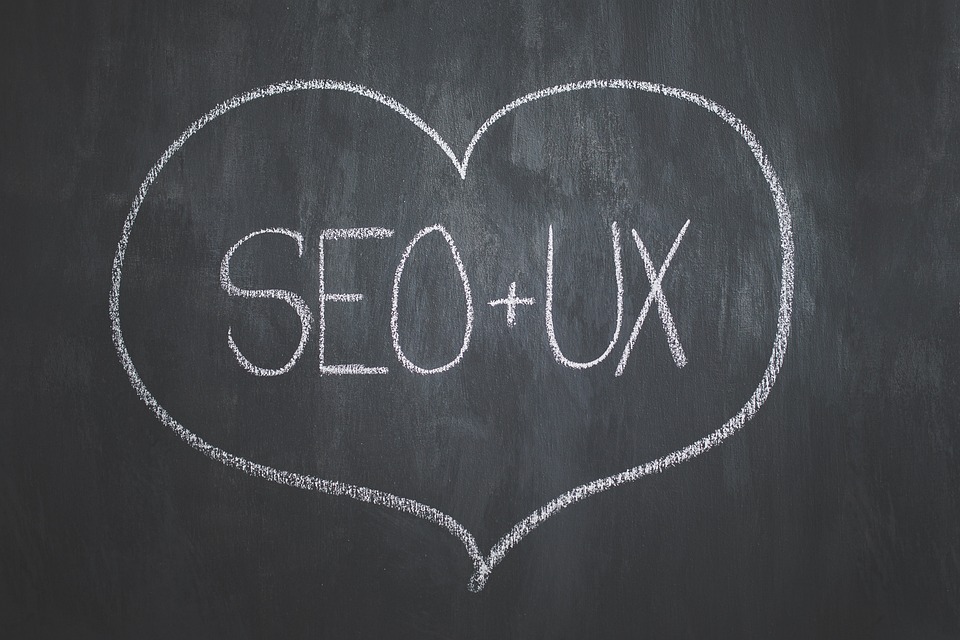How Native Advertising is Reshaping the Future of Content Marketing
In recent years, native advertising has become one of the most popular strategies for content marketing. Native advertising involves creating ads that are seamlessly integrated into the platform on which they appear, making them appear more like organic content. This strategy has been shown to be effective in capturing the attention of consumers and increasing engagement. In this article, we will discuss how native advertising is reshaping the future of content marketing and why it is becoming increasingly important for businesses to incorporate this strategy into their marketing plans.
What is native advertising?
Native advertising is a type of advertising that is designed to look and feel like organic content. Instead of traditional banner ads or pop-ups, native ads appear on social media platforms, websites, and other digital channels in the form of sponsored content. This content is created by brands or advertisers and is designed to blend in with the platform seamlessly. The goal of native advertising is to create a less disruptive, more engaging experience for the consumer.
How does native advertising work?
Native advertising works by combining advertising and storytelling. The content is created to appeal to the audience’s interests and needs, educating, entertaining or informing them, rather than solely promoting a product or service. Brands create sponsored content that features their products or services, but it’s not disruptive, because it flows seamlessly with the other content on the platform.
As a result, native advertising has a higher engagement rate than traditional ads. A study by Sharethrough found that native ads received 52% more engagement than banner ads. Additionally, native ads are more cost-effective since they have a longer lifespan and can generate interest over a longer period.
Impact of Native Advertising on the Future of Content Marketing
As technology has evolved, traditional forms of digital marketing are becoming less effective. Consumers are more likely to use ad blockers or skip through videos they consider intrusive. Native advertising has emerged as a way to create content that is both informative and engaging while still promoting a product or service.
One of the biggest impacts of native advertising on the future of content marketing is the blurring of the line between advertising and content. As consumers become more discerning, they are no longer satisfied with traditional ads. They want content that is informative, unique, and engaging, even when they know it’s an advert for a company.
Native advertising offers significant advantages for businesses. By providing valuable content to their target audiences, companies can create better brand recognition, and the high engagement rates translate into higher conversion rates. Besides, native advertising is a cost-effective approach to digital marketing that offers excellent results, and this trend is set to rise in the coming years.
Benefits of Native Advertising
In addition to the higher engagement rates, native advertising has many other advantages. For example:
1. Better targeting: Advertisers can target specific audiences and create content meant to appeal to them.
2. Brand recognition: By creating valuable content that targets their audience, businesses can increase their brand recognition and build trust with the audience.
3. Longer lifespan: Native advertising has a longer lifespan than traditional ads. That means you can reach your target audience for an extended period and improve your conversion rates.
4. More cost-effective: ROI is one of the most critical factors for any digital marketing campaign. Native advertising yields high conversion rates, requiring less ad spend.
Conclusion
While traditional banner ads and intrusive pop-ups may soon become obsolete, the significance of native advertising is likely to grow and become more widely adopted in future. Native advertising creates an exceptional way to get more leads and build a loyal audience by offering high-quality content that blends in naturally with the audience’s interests on various platforms. It provides value to both the consumer and the advertiser, creating a win-win situation for all parties concerned.
FAQs:
1. What’s the advantage of Native Advertising over traditional advertising?
One of the primary benefits of native advertising is that it provides a better user experience, making it less intrusive than traditional advertising. It also has a higher engagement rate and is more cost-effective than traditional ads.
2. Which platforms facilitate Native Advertising?
Native advertising is popular on various platforms such as social media, websites, blogs, and other digital channels.
3. Is Native advertising expensive?
Native advertising is not always expensive compared to traditional advertising. It can be more cost-effective due to a longer lifespan, higher engagement rates, and better conversion rates.
4. Can brands use native advertising for branding and direct response campaigns?
Yes, brands can use native advertising for both branding and direct-response campaigns.
5. How can I measure the success of a Native Advertising campaign?
The success of a native advertising campaign can be measured through engagement rates, conversion rates, lead generation, and brand recognition.






